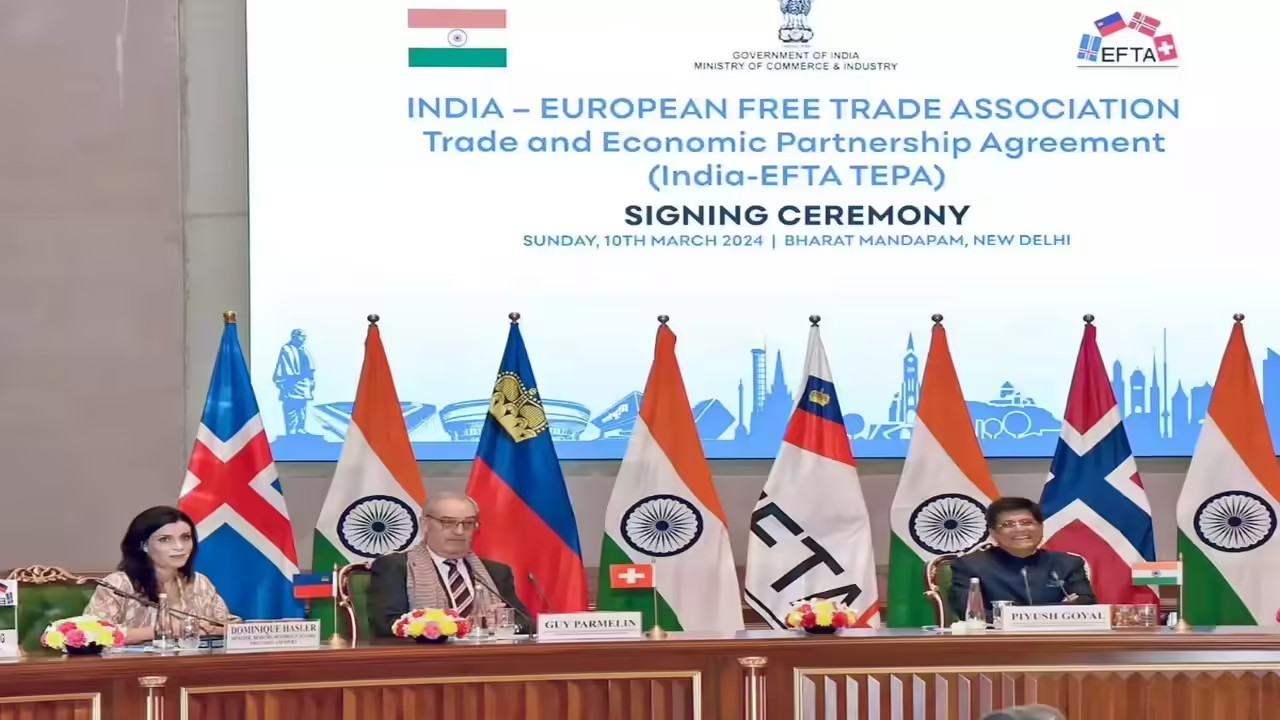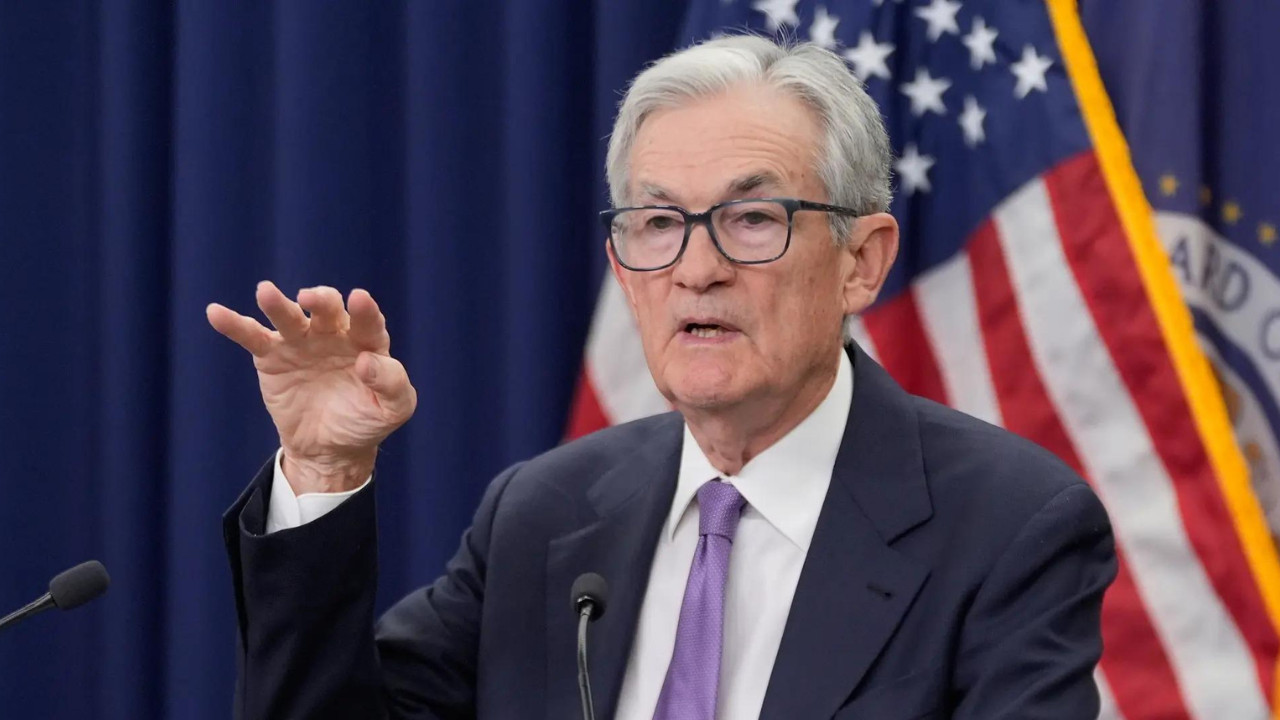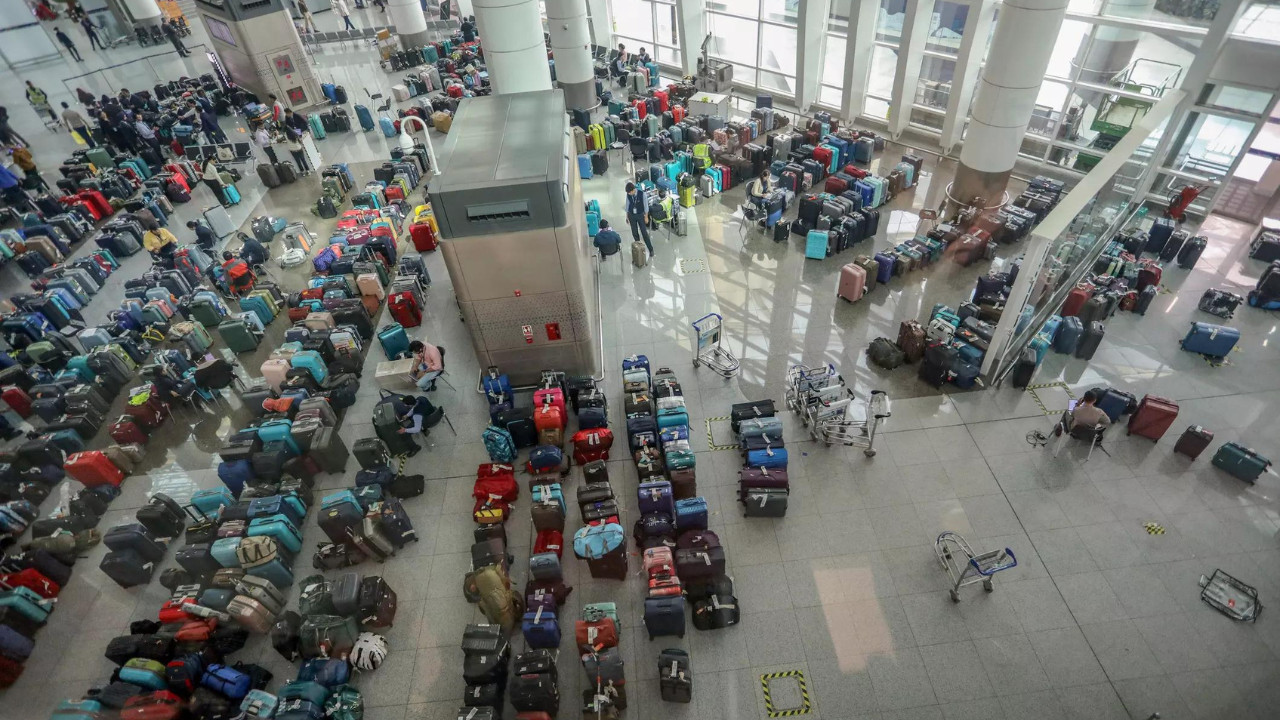Commerce and Industry Minister Piyush Goyal announced that the free trade agreement between India and the European Free Trade Association is expected to be implemented within the next few months. The agreement includes a commitment of $100 billion in investments for India over 15 years. Government is promoting high-quality manufacturing by issuing 156 quality control orders covering 672 products.
India and EFTA: A New Chapter Unfolds
For those keeping an eye on the global economic stage, whispers of a groundbreaking trade deal between India and the European Free Trade Association (EFTA) have been circulating for months. Now, it seems those whispers are about to turn into a roar. The ink has dried, the Ts have been crossed, and according to recent announcements, this landmark agreement is poised to officially take effect within the next couple of months.
This isn’t just another trade deal; it’s a potentially transformative partnership promising to reshape economic landscapes and unlock unprecedented opportunities for both India and the EFTA nations – Switzerland, Norway, Iceland, and Liechtenstein. But what exactly does this entail, and why is it generating so much buzz?
A Promise of Significant Investment
One of the most compelling aspects of this deal is the sheer scale of investment it aims to attract. We’re talking about a commitment of $100 billion flowing into India over the next 15 years. This isn’t just pocket change; it’s a colossal injection of capital that could supercharge various sectors of the Indian economy.
Where will this money go? The focus will be on strategic sectors – those with the potential for high growth and significant job creation. Think infrastructure, manufacturing, and cutting-edge technology. Imagine modernizing transportation networks, boosting domestic production capabilities, and fostering innovation in fields like renewable energy and digital technologies. The possibilities are vast, and the ripple effects could be felt across the entire nation.

The influx of foreign investment is expected to create an estimated one million direct jobs in India. This is more than just statistics; it translates to livelihoods, empowerment, and a boost to the overall quality of life for countless families across the country. This deal can stimulate economic growth while fostering inclusivity.
Duty Cuts: A Win-Win Scenario
Beyond the headline-grabbing investment figures, the India-EFTA trade agreement also brings significant reductions in customs duties on a wide range of goods. This is crucial because it directly impacts the competitiveness of Indian exports and the affordability of imported goods for Indian consumers.
Imagine Indian businesses gaining easier access to EFTA markets, allowing them to expand their operations and compete on a level playing field with global players. Simultaneously, Indian consumers could benefit from reduced prices on imported goods, increasing their purchasing power and contributing to overall economic well-being. Duty concessions on machinery and certain raw materials will help Indian manufacturers, particularly those that are export-oriented. For more information on trade deals, check out our previous article on [India-Australia Trade Deal].
The agreement is designed to be mutually beneficial, fostering a win-win situation where both India and the EFTA nations can thrive.
Beyond the Economic Benefits
While the economic implications are undoubtedly significant, this deal represents more than just numbers and tariffs. It also symbolizes a deepening of diplomatic ties and a strengthened commitment to international cooperation. In an increasingly interconnected world, forging strong partnerships is crucial for navigating complex challenges and achieving shared prosperity.
The India-EFTA trade agreement is a testament to the power of collaboration and a reminder that when nations work together, they can unlock opportunities that would otherwise be unattainable. It is expected that further collaboration will be possible in the realms of research, education and climate change mitigation.
India EFTA Trade Agreement: What’s Next?
As the implementation date draws near, anticipation is building. Businesses across India are gearing up to seize the opportunities that this agreement presents. Entrepreneurs are exploring new markets, investors are assessing potential projects, and policymakers are fine-tuning strategies to ensure a smooth transition.
The success of this agreement hinges on effective implementation and a continued commitment from both sides to foster a collaborative environment. Clear communication, transparent regulations, and a willingness to address challenges constructively will be essential for realizing the full potential of this historic partnership. The India EFTA trade agreement promises a future ripe with opportunities, and its successful navigation will be crucial for sustained economic growth. The coming months will be critical to watch.







